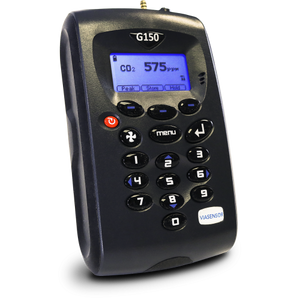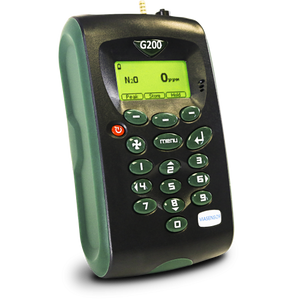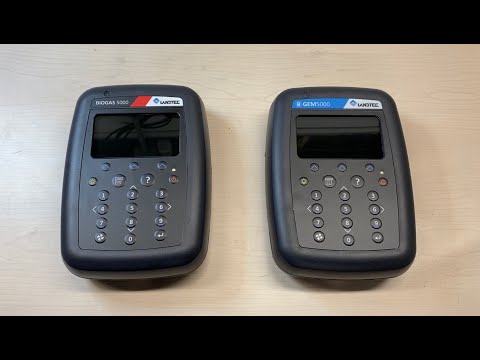
Key Specifications
- Robust, high quality design fit for anaerobic digestion sites
- Reliably measures gas levels of CH4 (0-100%); CO2 (0-100%); O2 (0-25%)
- Optional measurable gases include H2 (0-1000ppm); NH3 (0-1000ppm); also H2S (0-50, 200, 500, 1,000, 5,000 or 10,000ppm
- Calculates balance gas and flow
- Calibration (ISO17025)
- Reads temperature with optional temperature probe
- Easy field calibration by user
- Self test and self monitoring on start up
- Data storage download
- Infra red bench technology
- ATEX Certified – Zone 1
Benefits:
- Enables consistent collection of data for improved analysis and accurate reporting
- Validates flow and gas composition for Carbon Credit trading
- Provides calibration audit trail and backup documentation when used with LSGAM software
- Agency accepted methodologies (i.e. onboard data storage, direct data download, stored calibration records, etc.)
- Calibrated to ISO/IEC 17025
- Field-proven technology
- Local support and calibration/repair facility
Applications:
- Farming & Agriculture - Waste AD (Large and Small Scale)
- Food Industry - Mixed Waste AD (Large and Small Scale)
- Waste to Energy - Gas field balancing and maximizing gas production
- Anaerobic Digesters
- Water Recovery Facilities
- Methane Recovery
- Farms
- Breweries and Food Processing
- Waste Water
Not necessarily. When the H2S sensor is exposed to high levels of H2S gas, it is recommended to run the instrument with the gas pump on with ambient air for the same amount of time the sensor was exposed to the high level of H2S. This allows for purging of the instrument before turning the instrument off. Be aware though that continued exposure to levels over 5000ppm H2S will damage the sensor.
Exposure to H2S levels from 2000-5000ppm with moisture will degrade the sensor more quickly. Using filters inline reduces the moisture content of the gas stream entering the instrument.
A common cause for lower than expected gas readings is leakage in the instrument. Perform a leak test by connecting the Condensate Separator Tube to the Pressure Connection 1 Port with tubing.
Perform a leak test as described in the User Manual Optima 7 Biogas. If the leak test fails, check for defective or missing o-rings in the Condensate Separator Tube.
If the user uses the Sampling Probe with sampling lines to take gas readings, place a clean Leak Proof Test Cap on the end of the probe spike. Attach the other end of the sampling line onto the Condensate Separator Tube. Perform the leak test. If the leak test fails, check for defective or missing o-rings in the Condensate Separator Tube and for cracks in the sampling line.
Look closely at the prongs of the thermocouple. The prongs might be dirty. Use a sponge soaked in a 1:3 vinegar/water solution and gently wipe the prongs. Wipe dry with a lint-free cloth or allow to air-dry.
Simultaneously, press the ESC key and the power button then release both keys. You will have to update the Date and Time setting in your instrument afterwards.



